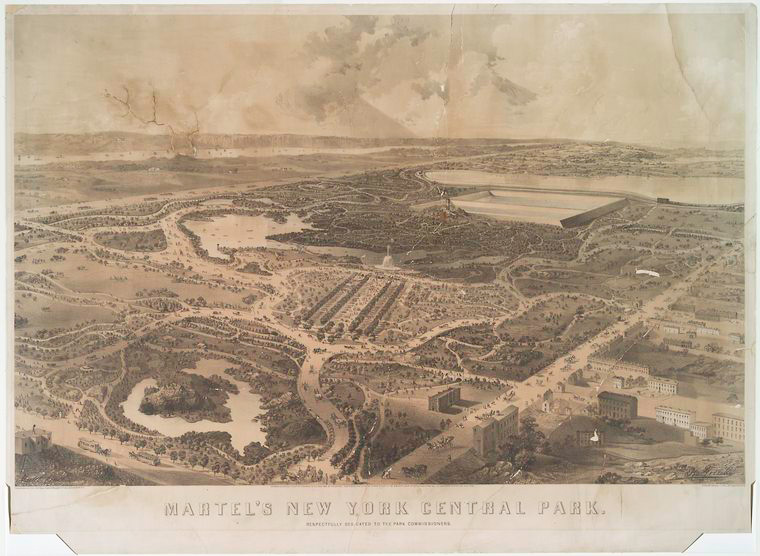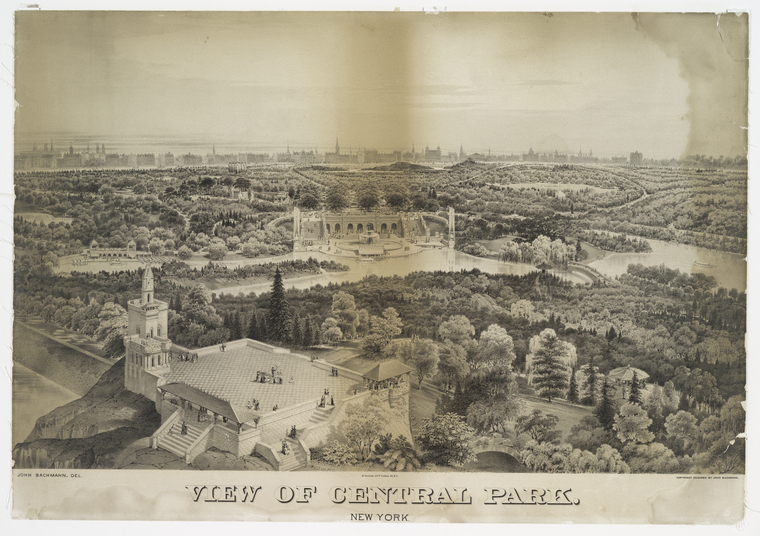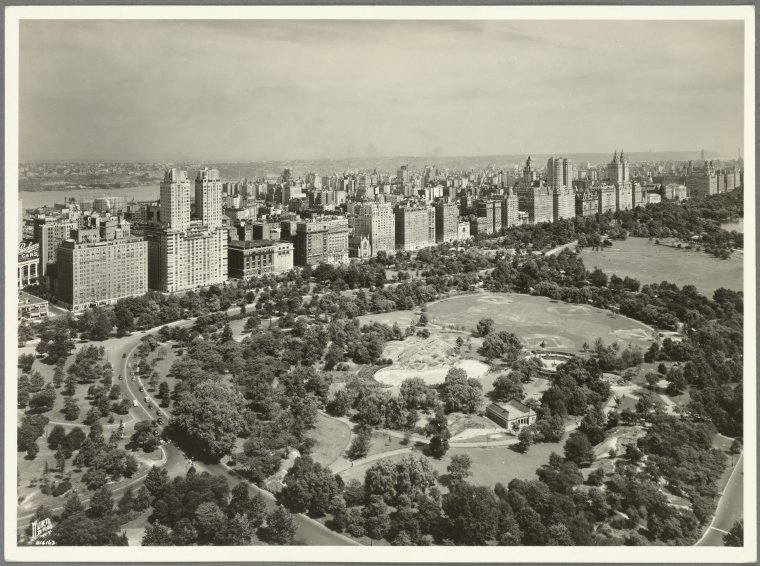During the years of the 1800s to 1900s, New York became the center of attraction for immigrants to move in, rapidly increasing the population creating housing a huge problem. Hosing for immigrants was not easy they have to live in extremely difficult living conditions, overcrowding in houses, not enough restrooms and highly rents generates a big crisis for them.
With the arrived of immigrants, land and housing started to increase rapidly where Landowners and wealthy people became aware of it and began to build creating more houses not caring about the safety and health of people but themselves. Their tenement homes provided little light, air and many lacked indoor plumbing creating diseases such as tuberculosis. This disease becomes a huge problem during 1905 and 1915 that it came to symbolize the concern of public living safety creating Acts that make housing more efficient in terms of space, safety, and sanitation.
In 1899 new designs of buildings were created solving the problem of space, light, and overcrowding in buildings. These new designs promote air and light to be more sustainable in buildings not creating pollution or illness. Also, with these new design use of lots were more efficient with high buildings creating more rooms for people. Yet it doesn’t solve all the problems, beautiful and safety buildings were more expensive and people of lower-income cannot afford it.
Overpopulation, sanitation, expensive rents, and sustainable buildings are still some of the main factors of the current issues of housing in New York. Nowadays housing is very expensive with a very small space to live. Even though New York is one of the world’s largest city, space is very important when it comes to housing, projects and design are still in progress to create a better place where people can live comfortable without affecting the environment and at the same time at a lower cost.









Recent Comments